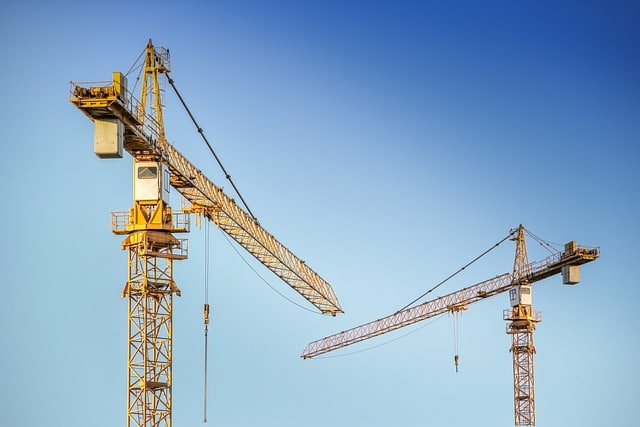
Introduction
As the housing market surges across much of the U.S., home prices are reaching records in some of the markets that were hardest hit by the subprime mortgage collapse. Prices also rose 20% in Las Vegas that month and 15% in Atlanta. According to Richard Zahn, the numbers include sales of distressed properties such as foreclosures as well as nondistressed homes. In contrast, prices rose 10% in Denver and rose just 7% in Portland, Ore., and 4% in San Francisco.
As the housing market surges across much of the U.S., home prices are reaching records in some of the markets that were hardest hit by the subprime mortgage collapse.
You’ve probably heard that the housing market is recovering. But have you heard about the other housing recovery? It’s true, and it’s happening right now.
There are two main factors driving this other housing recovery: 1) prices in many markets that were hardest hit by the subprime mortgage collapse have started to rebound, and 2) these markets are starting to attract more interest from investors who want to buy homes for rental income. Both trends mean a potential upside for homeowners and homebuyers in those hard-hit areas—and an opportunity for owners of single-family rentals from other parts of the country.
Prices also rose 20% in Las Vegas that month and 15% in Atlanta.
- Las Vegas is an example of a market that is recovering.
- Atlanta is another example of a market that is recovering.
These markets have been hit hard by the housing crisis and are slowly but surely bouncing back from it, though these cities still have a ways to go.
In contrast, prices rose 10% in Denver and rose just 7% in Portland, Ore., and 4% in San Francisco.
In contrast, prices rose 10% in Denver and rose just 7% in Portland, Ore., and 4% in San Francisco.
The difference between the two is due to their different housing markets. Portland and San Francisco are both strong markets for renters (Portland’s vacancy rate is under 5%, while San Francisco’s is under 3%), so it makes sense that they haven’t seen as much appreciation as a place like Denver.
The numbers include sales of distressed properties such as foreclosures as well as nondistressed homes.
Nondistressed sales, which include homes that aren’t in foreclosure or bankruptcy, are selling at a much higher rate than distressed properties. Nondistressed homes are also more likely to be sold by real estate agents and owners who have decided to sell their home on their own rather than through a bank.
Housing is recovering but still far from full recovery
The housing market has shown significant signs of recovery in recent years. Home prices are rising, inventory is expanding and many homeowners who owe more than their properties are worth may be able to refinance at better interest rates.
But here’s the sobering reality: The U.S. economy is still recovering from a crisis caused by too much debt, which means we all need to keep our belts tightened up for quite some time to come. We aren’t yet back to where we were before the bubble burst a decade ago, and there’s no telling when or if that will happen again anytime soon (if ever).
Conclusion
Even though home prices are rising, it’s clear that the housing recovery is far from complete. Cities like Las Vegas and Atlanta have seen the biggest gains, but these markets still have a long way to go before they’re back to where they were before the crisis. In addition, housing remains unaffordable for many Americans due to rising costs of living and stagnant wages.